iPhone Generations: A Complete Release History
- By Hannah
- Mar 13,2025
The Apple iPhone: a 21st-century marvel, boasting over 2.3 billion units sold globally. Its revolutionary design has redefined the smartphone landscape. Seventeen years and countless iterations later, let's explore the complete chronological history of every iPhone ever released, from 2007 to 2024, including the latest iPhone 16. This comprehensive list includes variations like the Plus and Max models, as well as distinct entries for models such as the iPhone SE and iPhone XR.
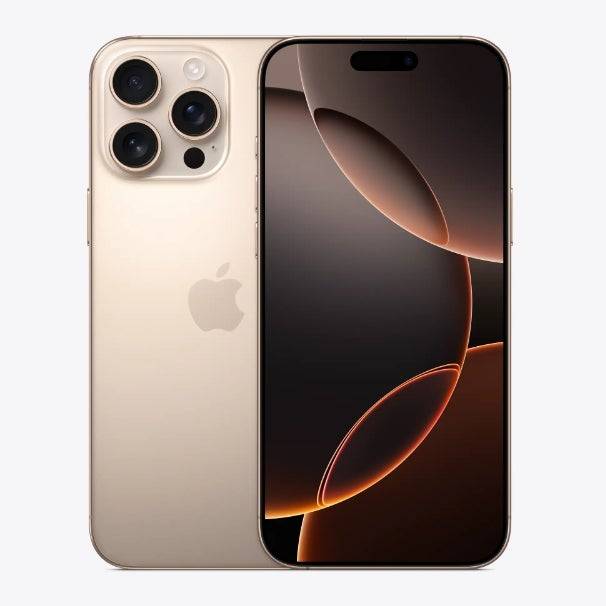
iPhone 16 Pro Max
See it at Best Buy* Looking for the best iPhone deals? Check out our guide!
How Many iPhone Generations Have There Been?
A total of 24 distinct iPhone generations have graced the market since the original iPhone's debut in 2007. Each year has seen at least one new model, expanding the iPhone family.
Answer See Results
Every iPhone Generation in Order of Release
iPhone - June 29, 2007
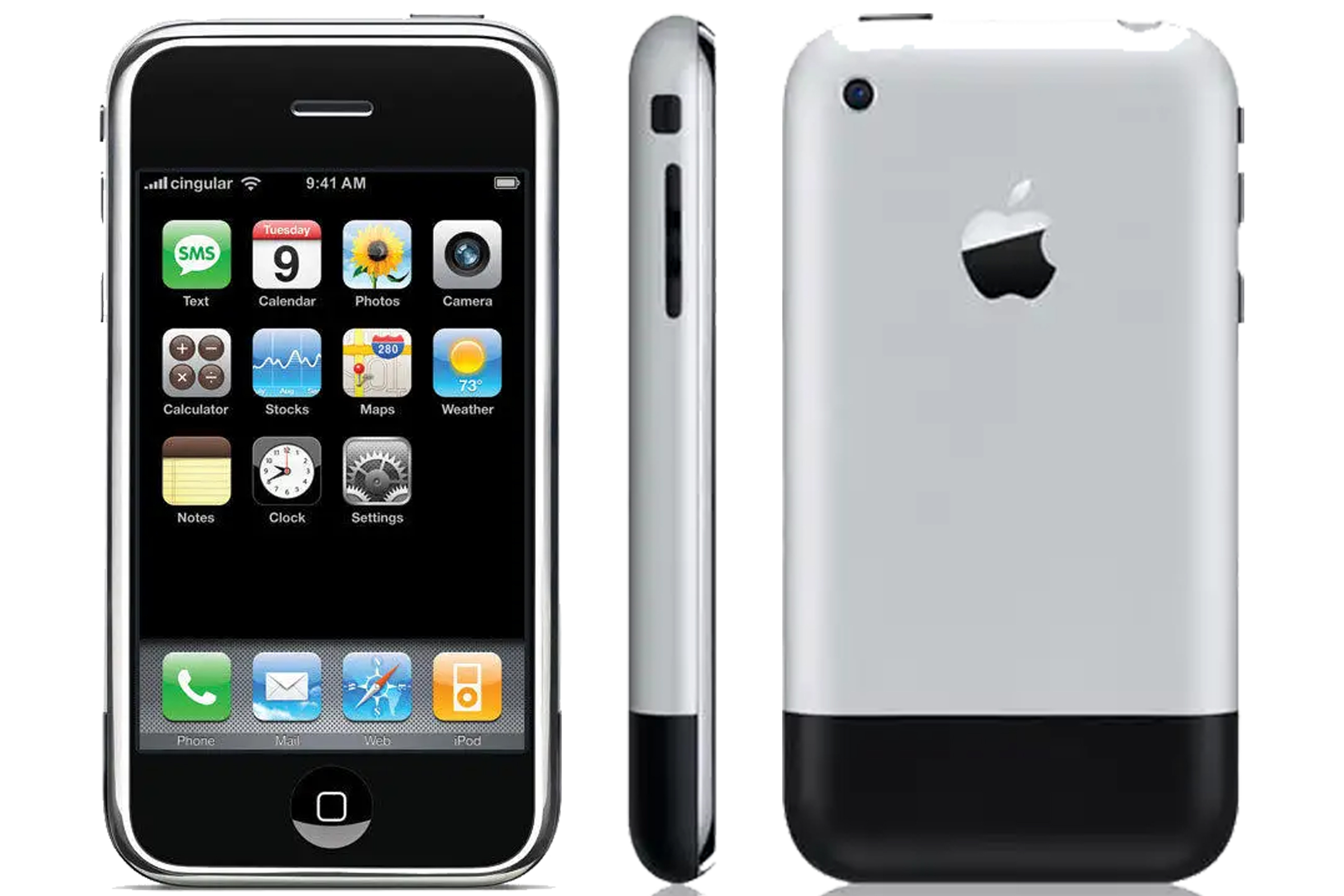
The groundbreaking original iPhone, launched June 29, 2007, seamlessly integrated iPod, phone, and internet capabilities. Its 3.5-inch display and 2-megapixel camera marked a significant leap in the smartphone market, eliminating the traditional keyboard in favor of an on-screen digital alternative.
iPhone 3G - July 11, 2008
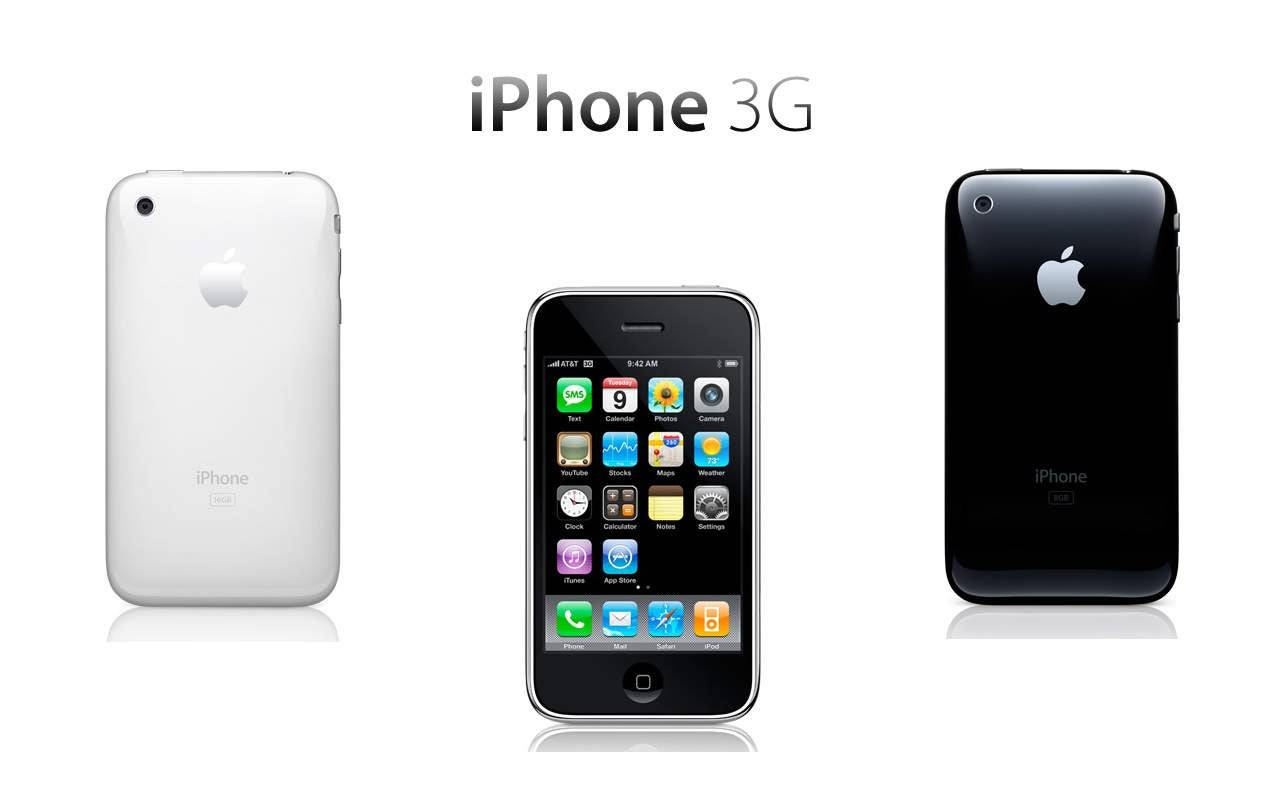
The iPhone 3G introduced 3G connectivity for faster data speeds and, crucially, the Apple App Store, opening a new world of mobile app development.
iPhone 3GS - June 19, 2009
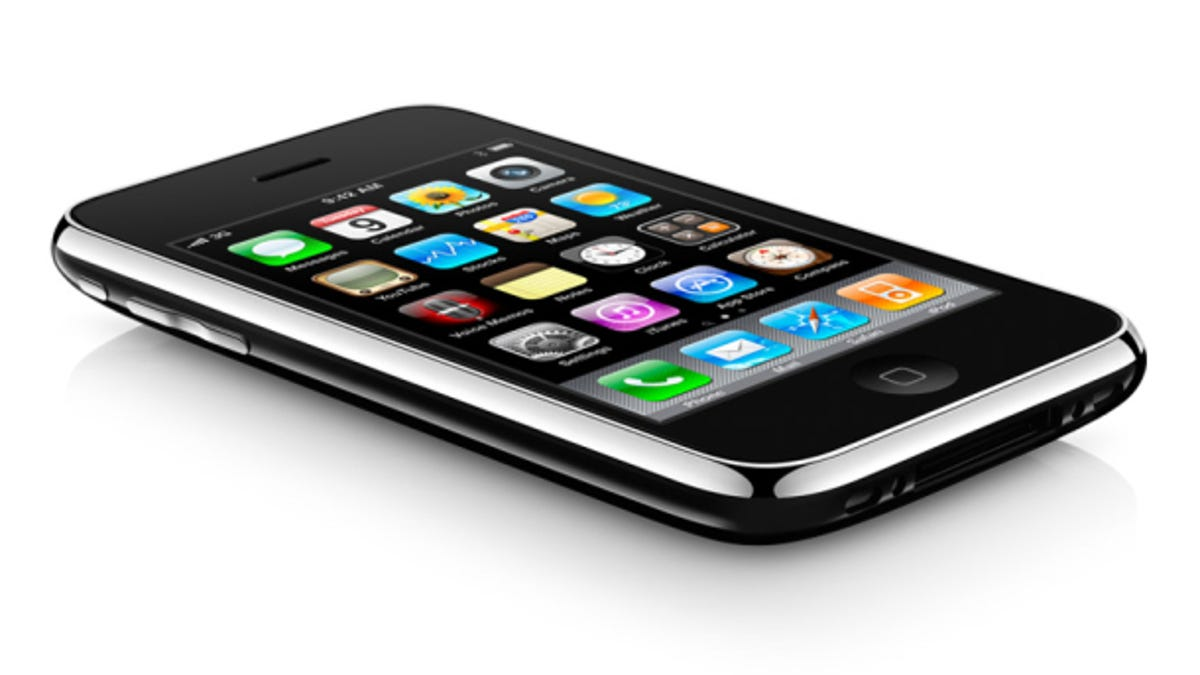
The iPhone 3GS boasted a 3-megapixel camera for improved image quality and enhanced storage options to accommodate the growing App Store library. Performance was also significantly improved.
iPhone 4 - June 24, 2010
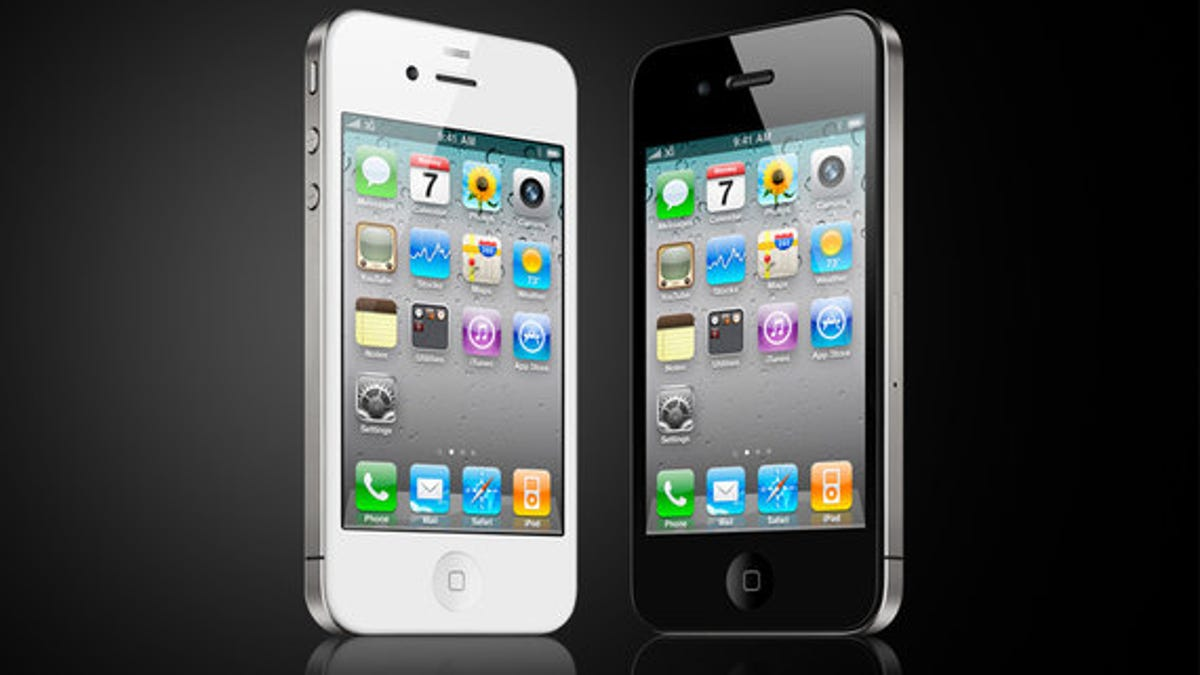
The iPhone 4 debuted FaceTime for video calling, a 5-megapixel camera with HD video recording and an LED flash, and Apple's first Retina display for sharper visuals.
iPhone 4S - October 14, 2011
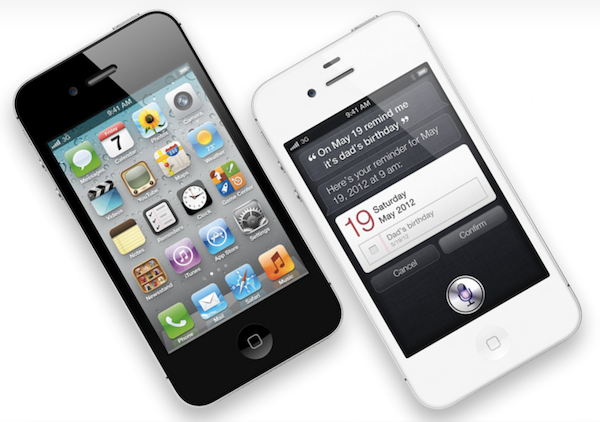
The iPhone 4S is best remembered for introducing Siri, Apple's virtual assistant. It also featured 1080p video capture from its 8-megapixel camera and key software updates like iCloud and iMessage.
iPhone 5 - September 21, 2012
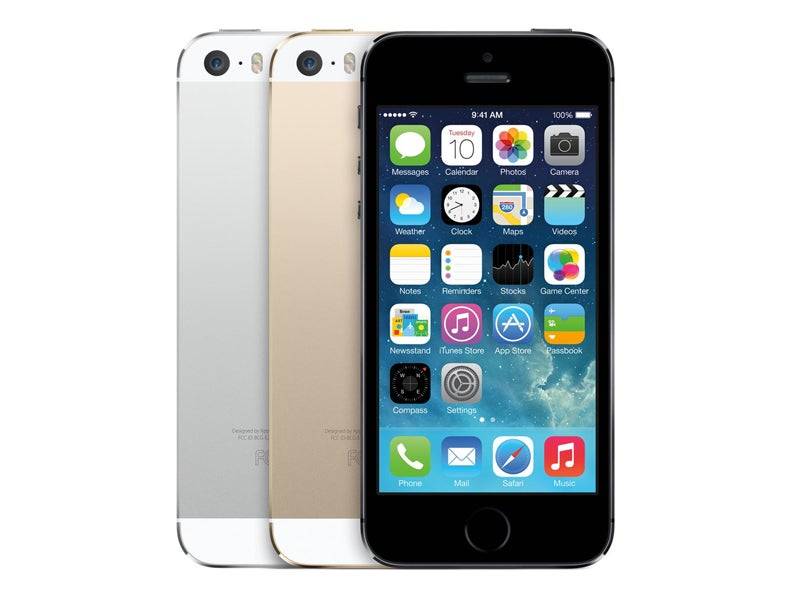
The iPhone 5 supported LTE for faster cellular data, featured improved audio capabilities with enhanced microphones, and introduced the Lightning port.
iPhone 5S - September 20, 2013
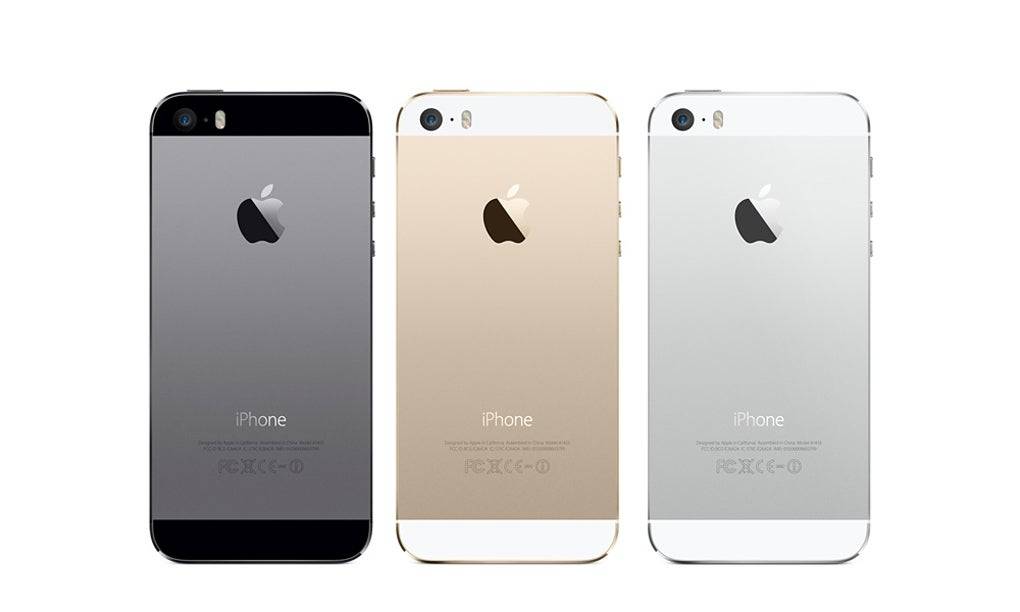
The iPhone 5S pioneered Touch ID fingerprint authentication, a feature that would become a mainstay for many generations. It also included the A7 processor and advanced camera technologies.
iPhone 5C - September 20, 2013
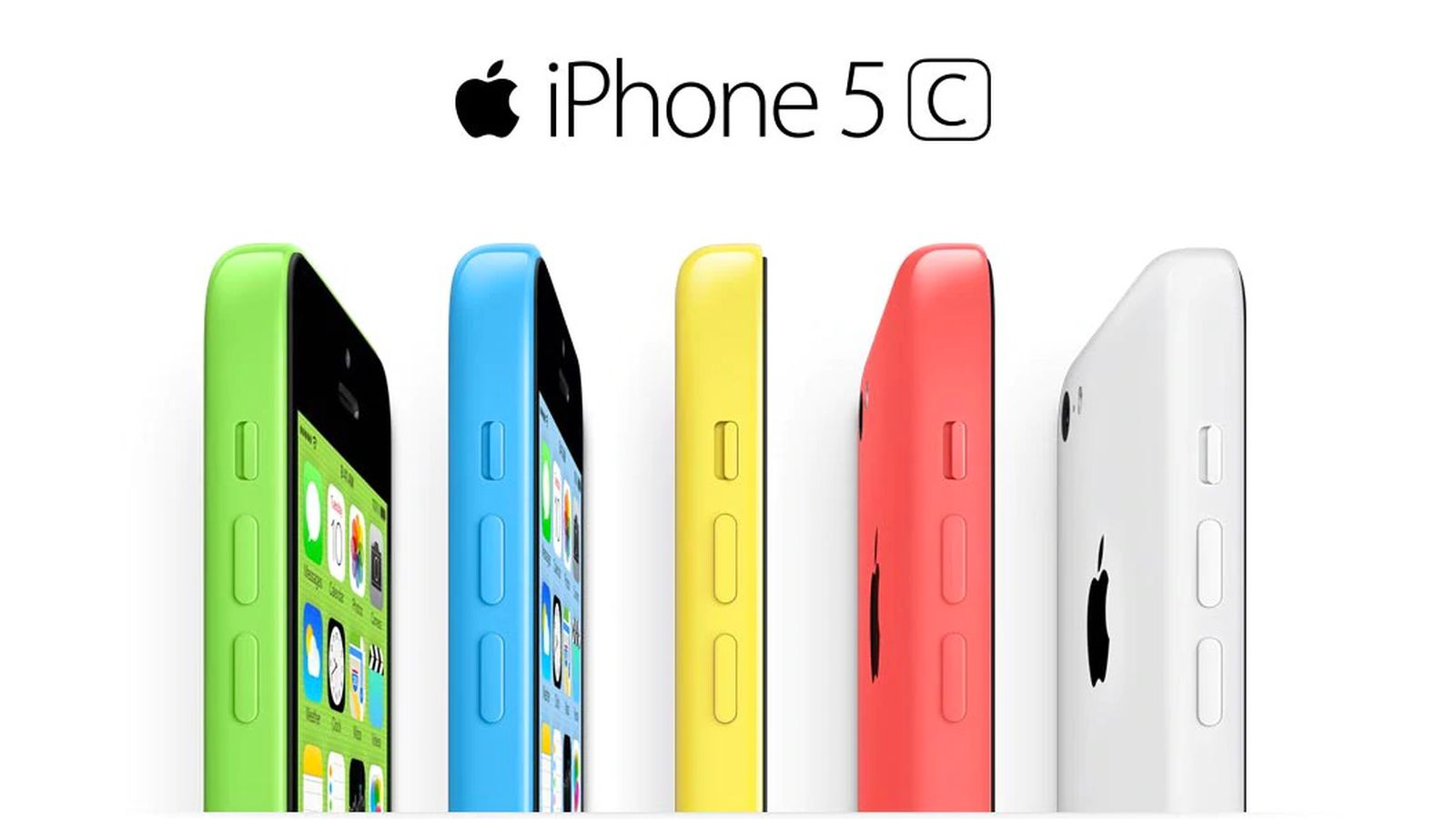
Apple's first budget-friendly iPhone, the 5C, offered vibrant color options and the same internal hardware as the iPhone 5, at a more accessible price point.
iPhone 6 - September 19, 2014
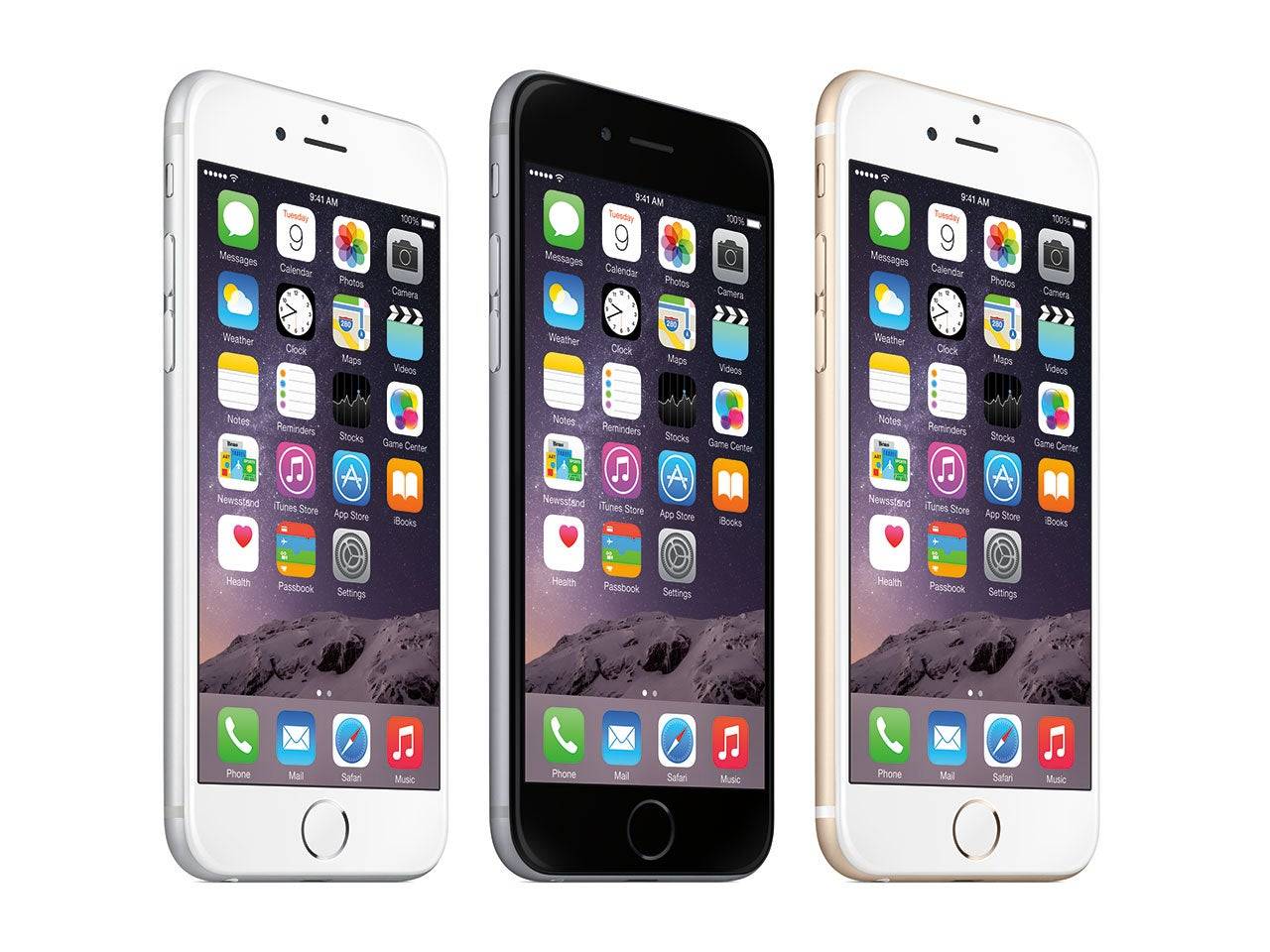
The iPhone 6 featured a slimmer design and introduced Apple Pay via NFC technology. It also marked the beginning of multiple models per generation, with the larger iPhone 6 Plus.
iPhone 6S - September 25, 2015
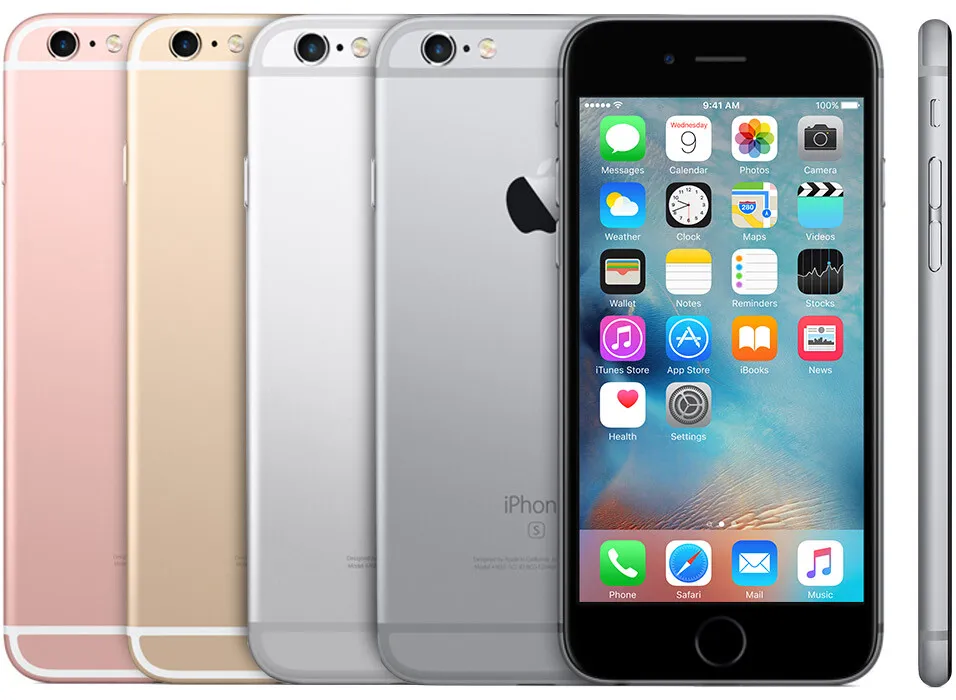
The iPhone 6S introduced 3D Touch, enabling pressure-sensitive screen interactions, and offered 4K video recording capabilities.
iPhone SE - March 31, 2016
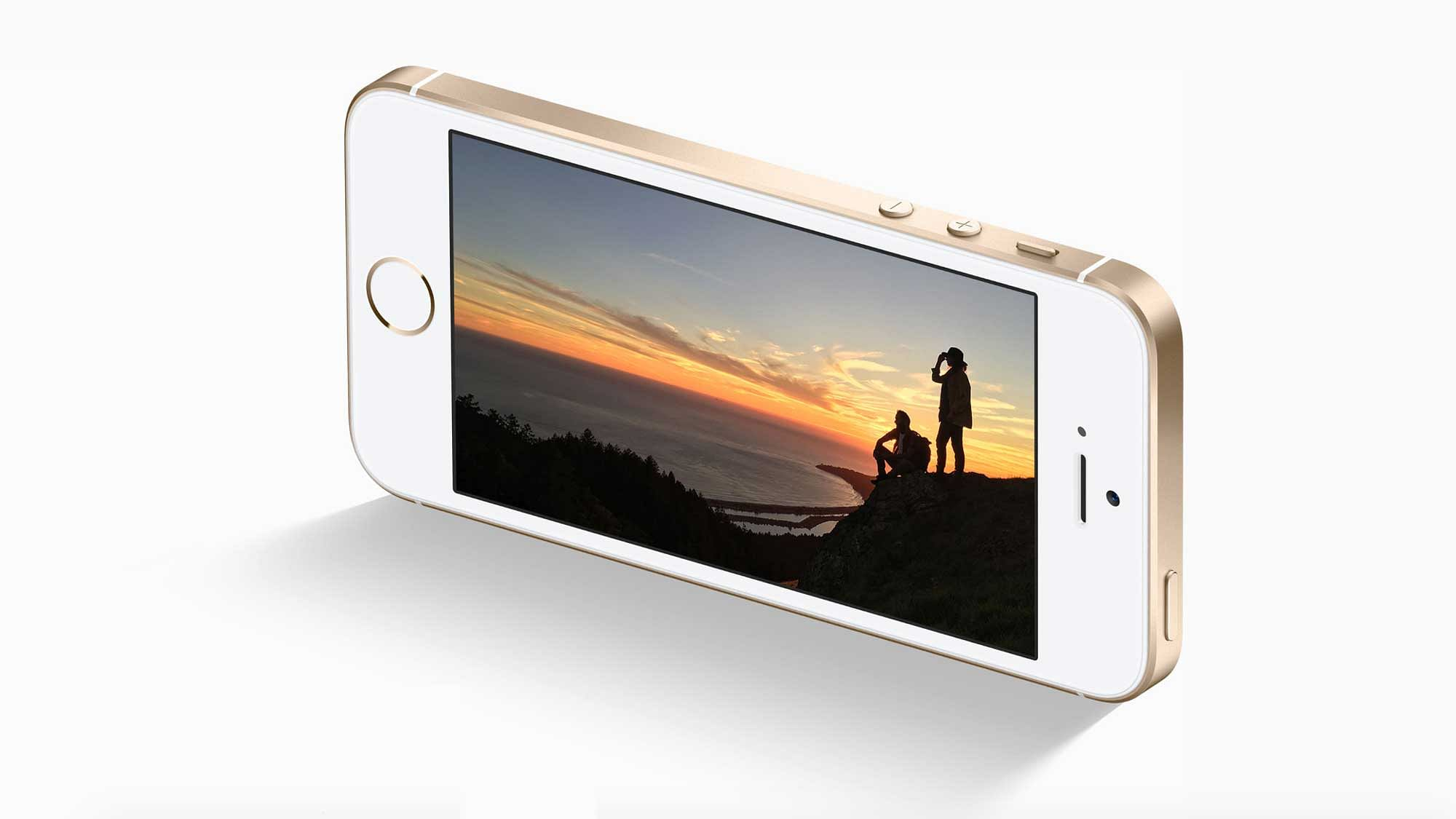
The first iPhone SE revived the iPhone 5S design with updated internals, offering a compact and powerful option at a lower price.
iPhone 7 - September 16, 2016
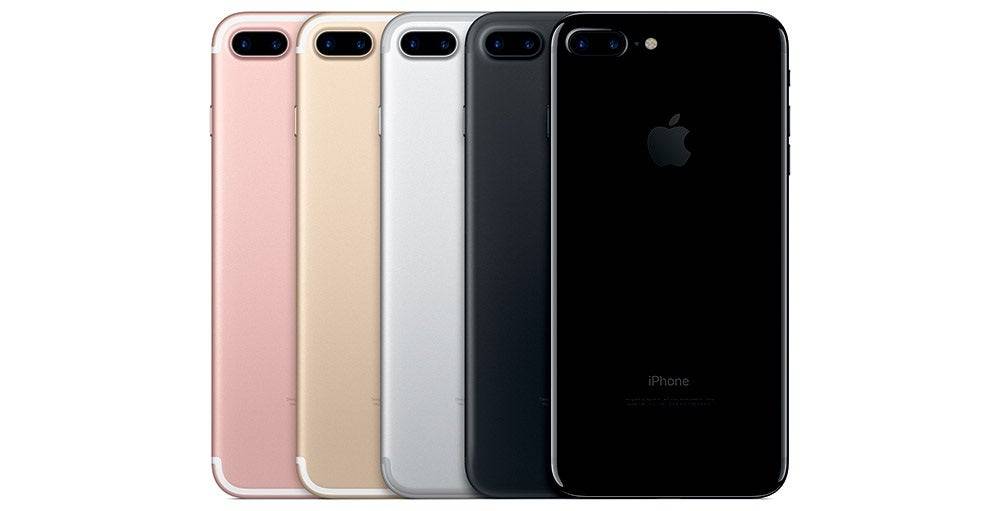
The iPhone 7 controversially removed the headphone jack, shifting to Bluetooth or Lightning audio. It added water resistance and a Taptic Engine home button. The iPhone 7 Plus debuted a dual-camera system.
iPhone 8 - September 22, 2017
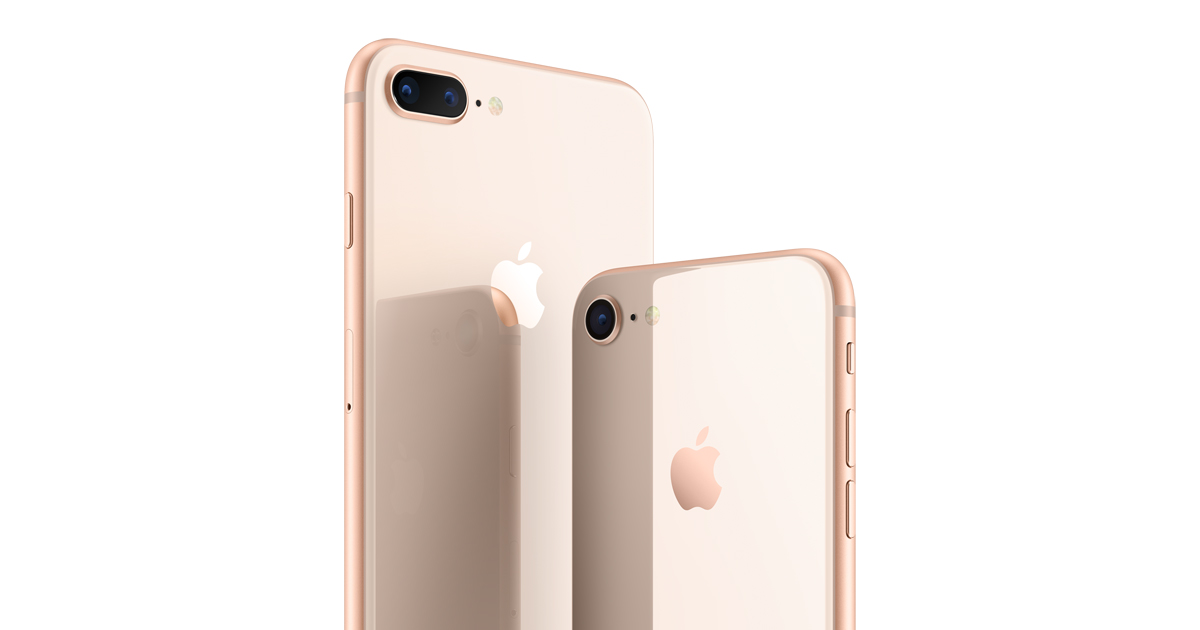
The iPhone 8 refined the iPhone 7 design, adding wireless charging via a glass back and introducing the True Tone display, which adjusts color and brightness based on ambient lighting.
iPhone X - November 3, 2017
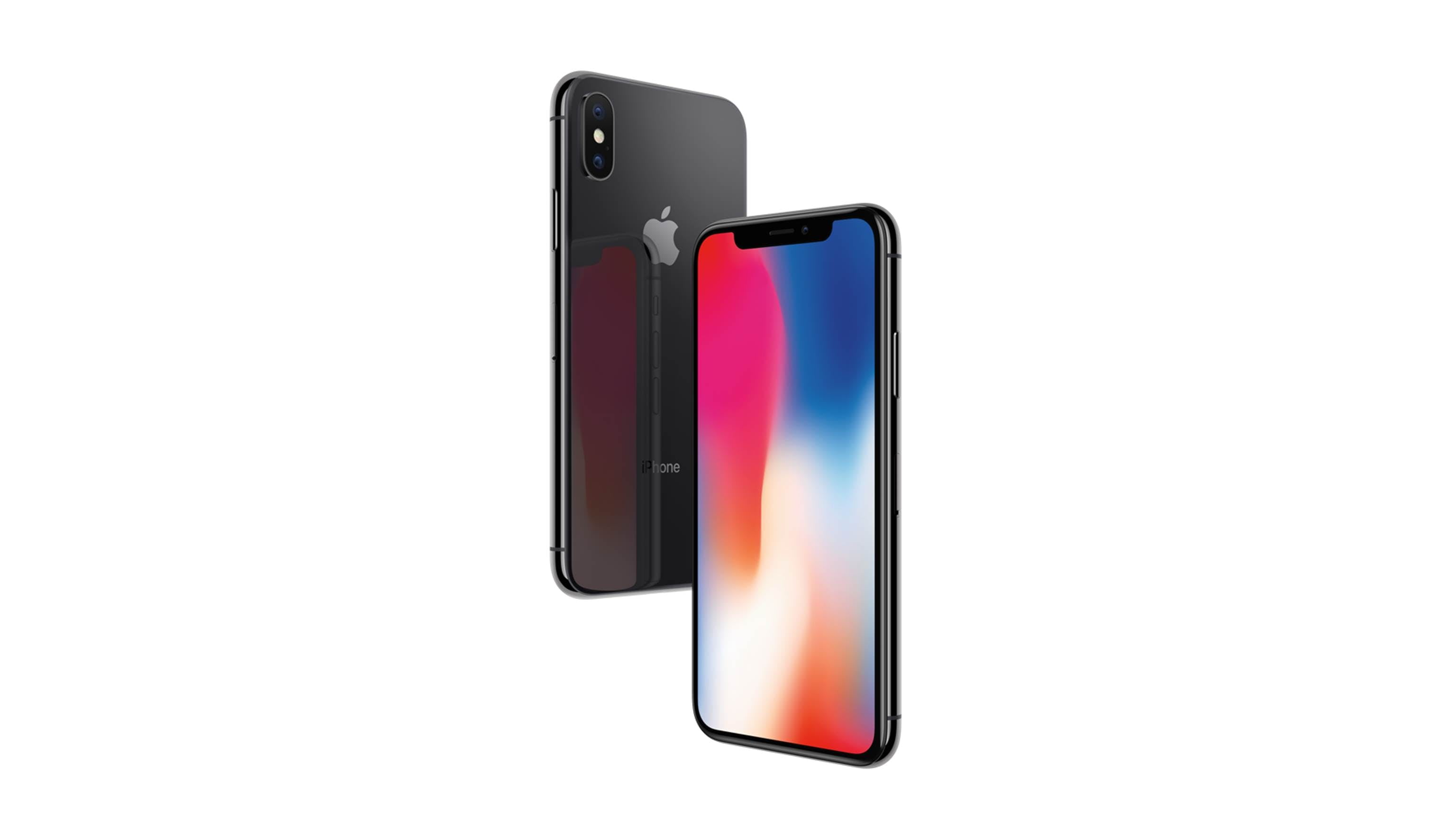
The iPhone X marked a significant design shift, removing the home button and featuring an edge-to-edge display. It introduced Face ID facial recognition technology.
iPhone XS - September 21, 2018
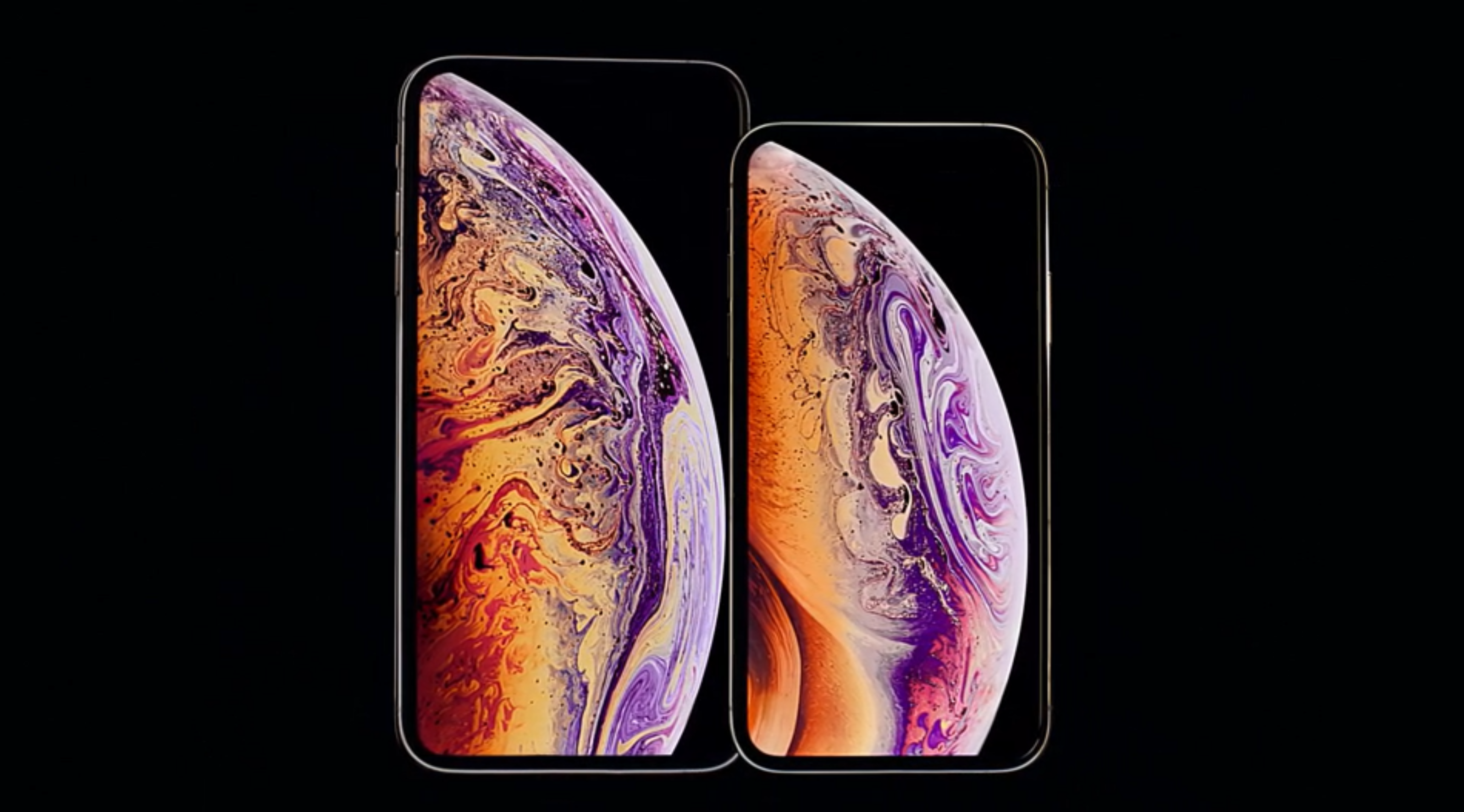
The iPhone XS offered incremental improvements over the iPhone X, notably adding dual-SIM support.
iPhone XR - October 26, 2018
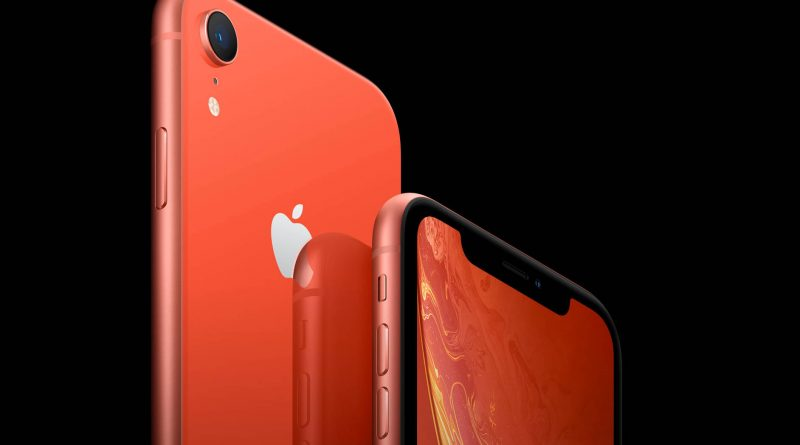
The iPhone XR provided a more affordable option with an LCD display and a single rear camera, while retaining many of the iPhone X's features.
iPhone 11 - September 20, 2019
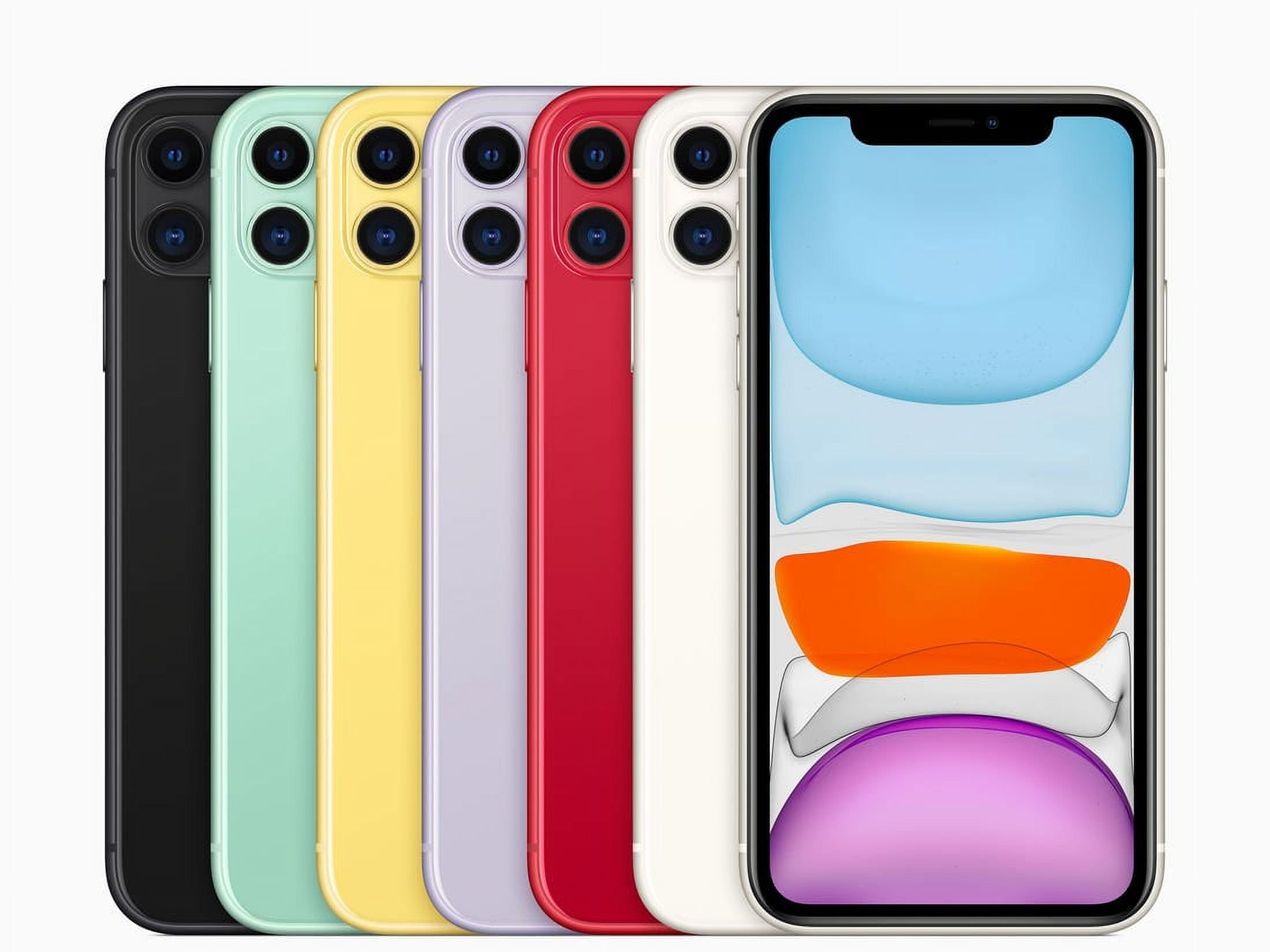
The iPhone 11 increased the base model screen size to 6.1 inches with a Liquid Retina display and featured an ultrawide camera. The Pro models introduced a triple-camera system and HDR support.
iPhone SE (2nd Gen) - April 24, 2020
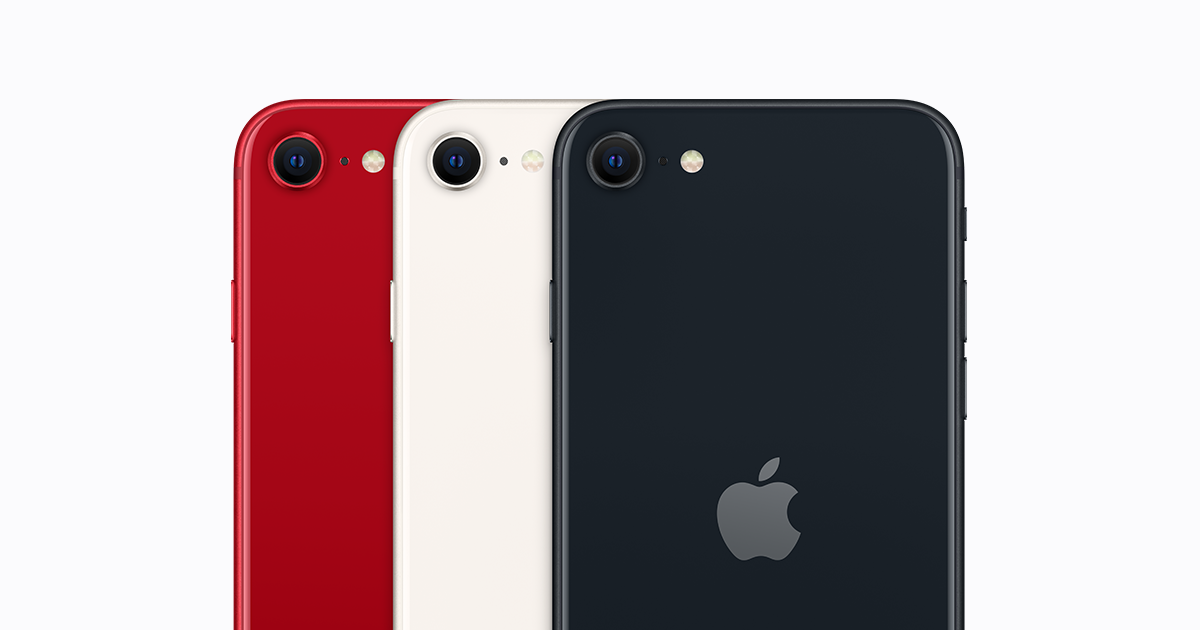
The second-generation iPhone SE offered significant performance improvements with the A13 Bionic chip, a larger 4.7-inch display with True Tone, and Haptic Touch.
iPhone 12 - October 23, 2020
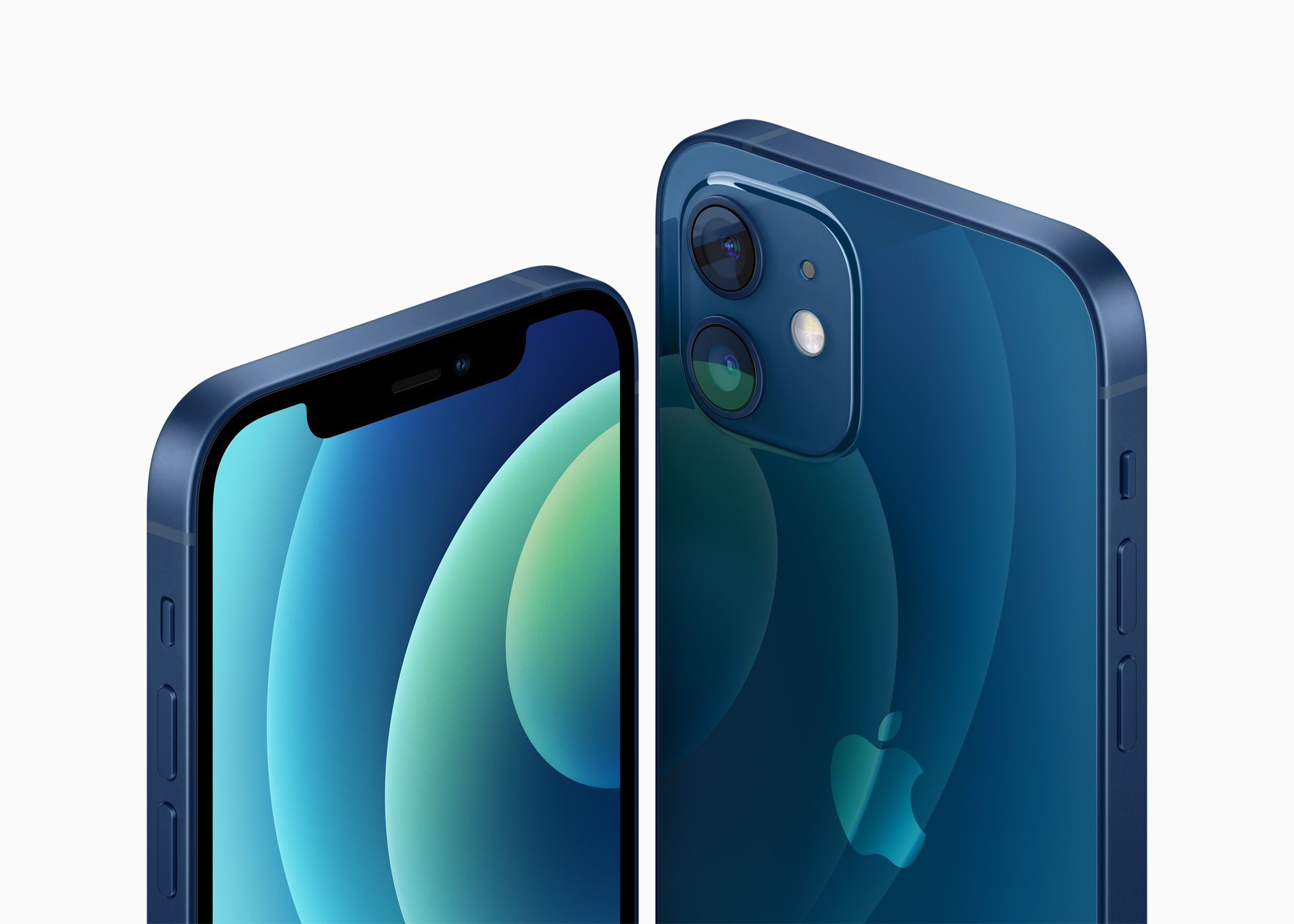
The iPhone 12 introduced MagSafe magnetic accessories, a Super Retina XDR display on base models, and a more durable Ceramic Shield front cover.
iPhone 13 - September 24, 2021
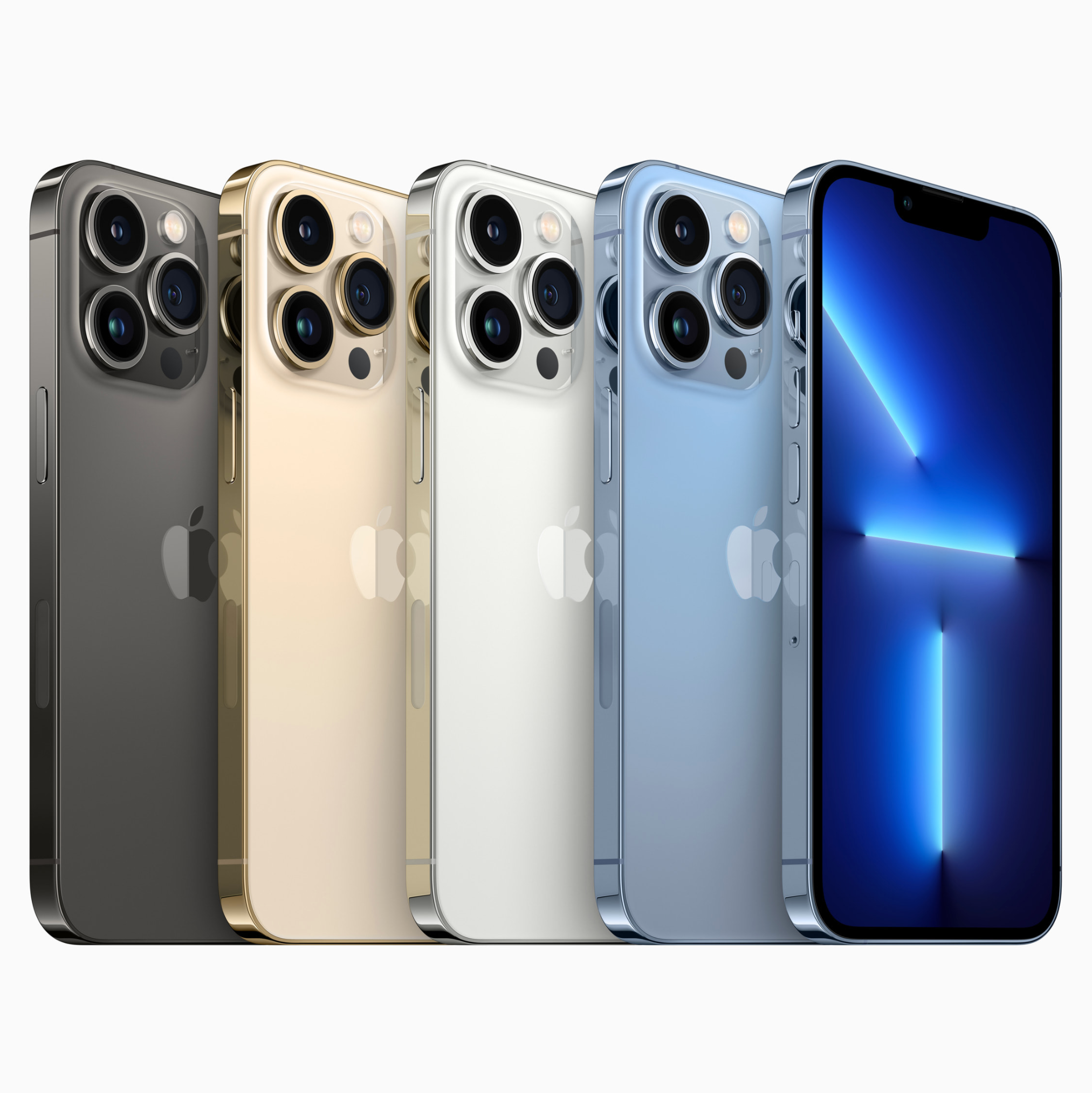
The iPhone 13 boasted significant battery life improvements, Cinematic Mode for video recording, and ProRes video on Pro models.
iPhone SE (3rd Gen) - March 18, 2022
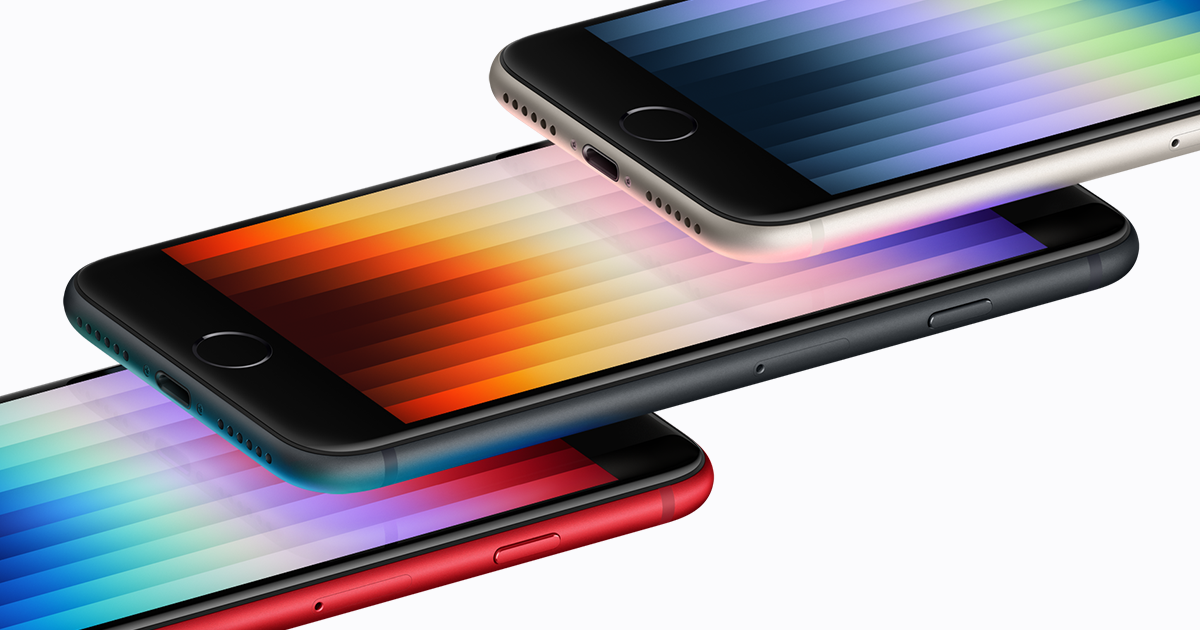
The third-generation iPhone SE brought back the home button, added 5G connectivity, and included features like Night Mode and Photographic Styles.
iPhone 14 - September 16, 2022
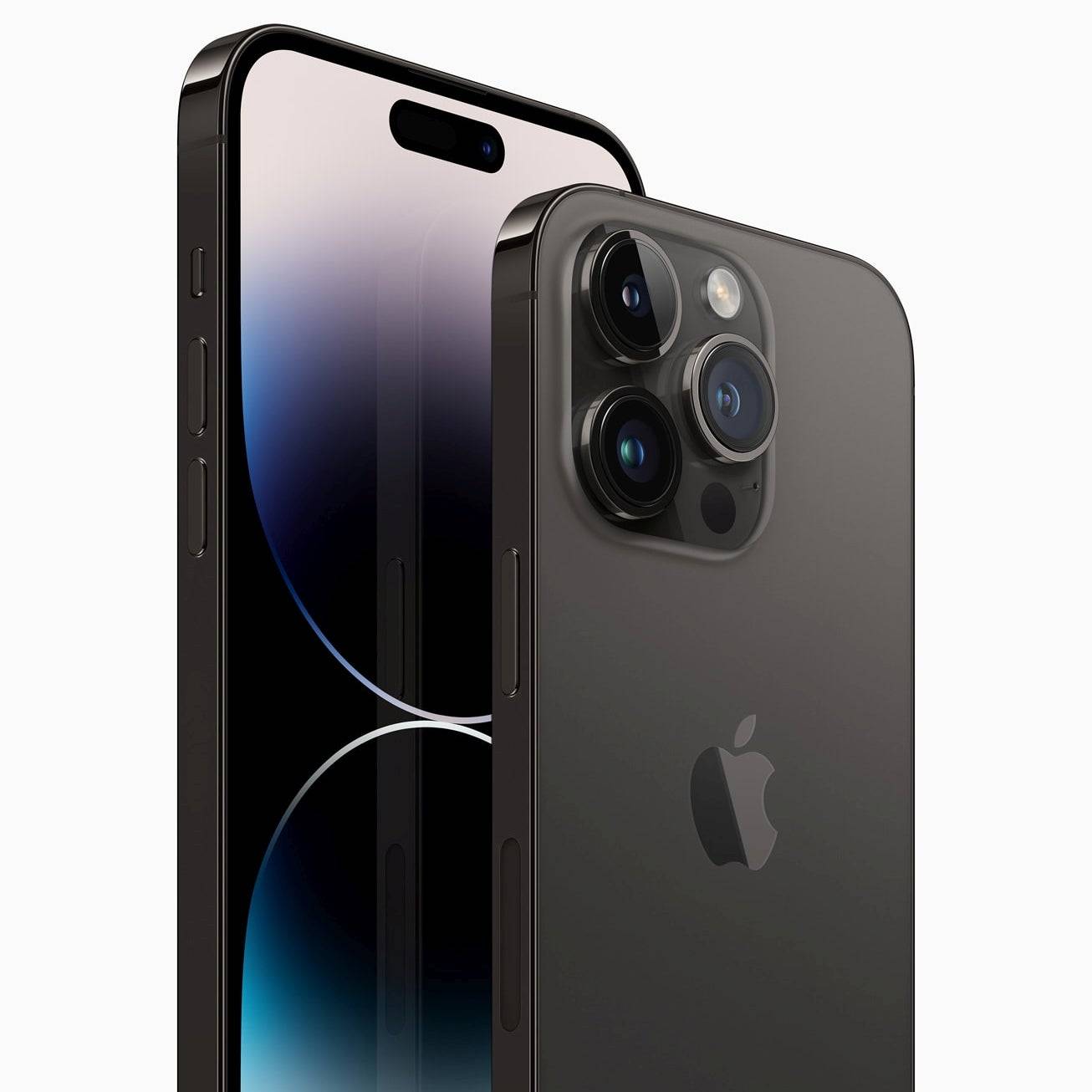
The iPhone 14 introduced Emergency SOS via satellite and upgraded camera systems across all models. The Plus model returned to the lineup.
iPhone 15 - September 22, 2023

The iPhone 15 line featured a shift to USB-C charging (due to EU regulations), along with other improvements, particularly in the Pro models with a new camera lens, titanium frame, and an action button.
iPhone 16 - September 20, 2024
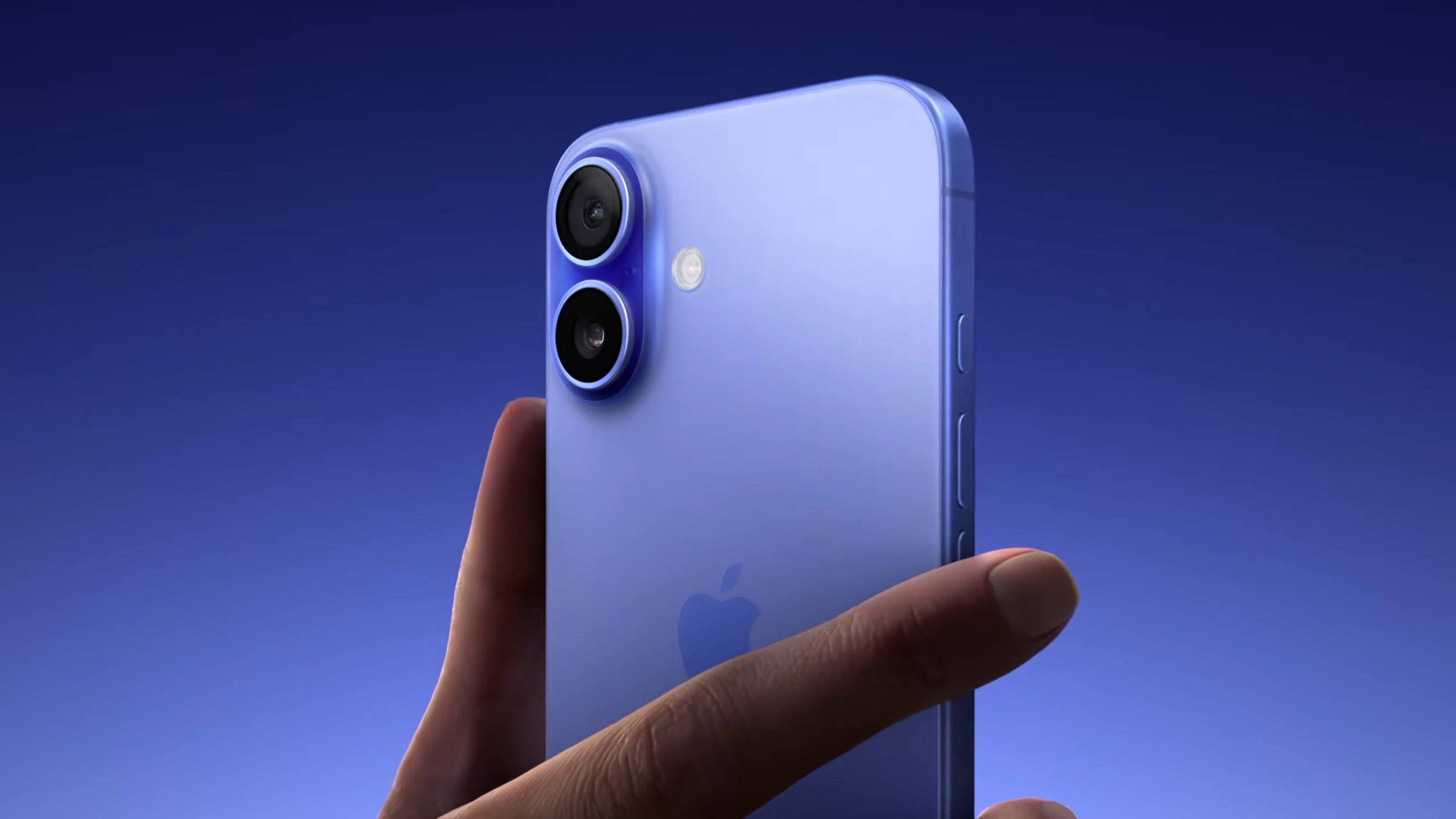
The iPhone 16, released in September 2024, boasts faster CPU performance, a customizable action button, and Apple Intelligence integration. Our review details the key differences from the iPhone 15.
When Is the iPhone 17 Coming Out?
While the iPhone 16 is fresh, anticipation for the iPhone 17 is already building. We expect Apple to follow its established release schedule, with more details likely emerging around September 2025.
Explore our guide to the major iPhone 16 announcements. Also, check out our guides to every iPad and Apple Watch generation!
Latest News
more >-

- Pokémon TCG Pocket adds Eevee Grove set
- Nov 18,2025
-

- Top Once Human Loadouts: PvE & PvP Gear Guide
- Nov 17,2025
-
- Daredevil: Born Again revives Netflix ties
- Nov 17,2025
-

-
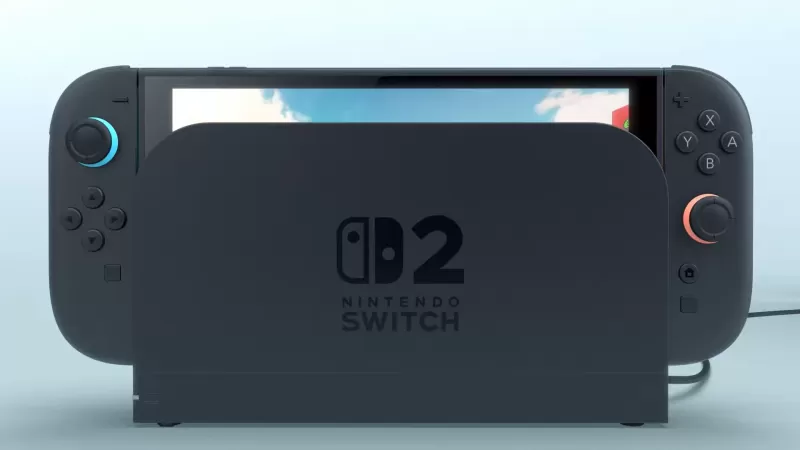
- Donkey Kong Hits Switch 2 Soon
- Nov 16,2025



